
Drainage Solutions for Succulent Containers: What You Need to Know
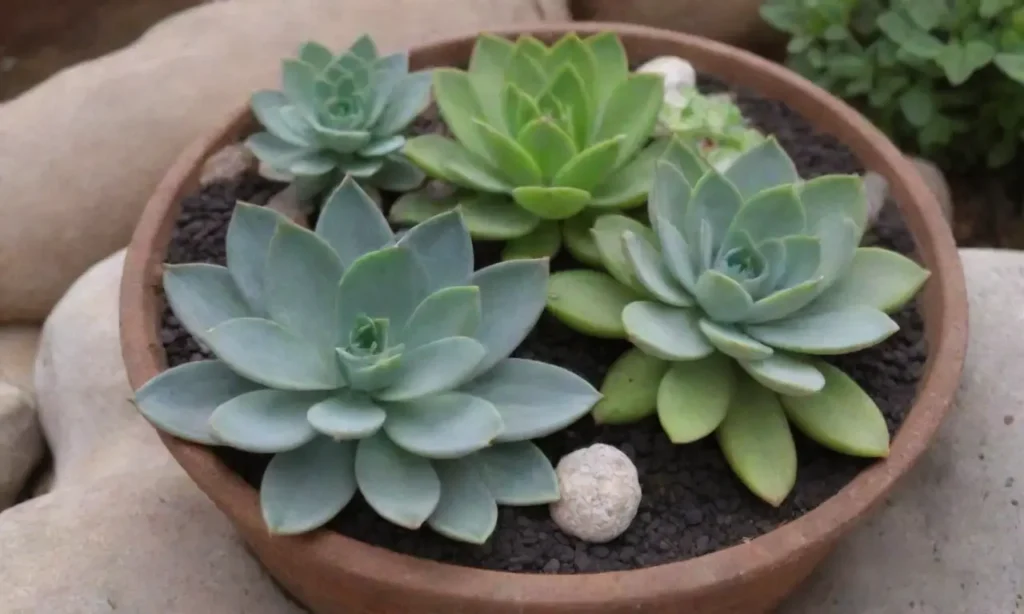
Introduction
Succulents are a captivating and diverse group of plants that have gained immense popularity in home gardening due to their stunning appearances and low maintenance requirements. However, despite their resilience, succulent plants can be highly sensitive to moisture levels in their soil. Failure to implement proper drainage solutions can lead to waterlogged conditions that may cause root rot and ultimately, plant death. In this article, we will delve deep into the methods and materials that are essential for creating optimal drainage solutions in succulent containers.
This comprehensive guide aims to provide you with an understanding of why drainage is critical for succulents, how to assess your current container setup, and what materials and strategies you can employ to prevent issues related to excess moisture. Whether you're a seasoned gardener or a novice, this article will equip you with the knowledge needed to cultivate healthy and thriving succulent plants.
The Importance of Drainage for Succulents
Proper drainage is a fundamental aspect of succulent care. Succulents are native to arid environments and have evolved to store water in their leaves, stems, and roots. While they can tolerate periods of drought, they are not designed to thrive in soggy soil. Excess water can suffocate the roots and create an environment conducive to fungal diseases. To appreciate the significance of adequate drainage, it's essential to understand how these plants function.
Succulents are typically grown in well-draining soil that allows excess water to escape quickly. This characteristic helps mimic their natural habitats where rainfall is scarce, creating conditions necessary for their survival. If the container retains too much moisture, the soil can become compacted, leading to decreased oxygen availability for the roots. This can result in a host of problems, including yellowing leaves, mushy stems, and ultimately, the demise of your beloved plants.
Moreover, the type of container you choose can heavily influence drainage. Traditional pots may not always provide sufficient drainage, particularly if they lack drainage holes at the bottom. Therefore, when selecting a container, always consider both its aesthetics and practicality regarding moisture management. This leads us to the next essential section, where we will explore various container options.
Choosing the Right Container for Your Succulents
Pot Material
When it comes to succulent containers, the material of the pot can significantly impact moisture retention. Terra cotta pots are a popular choice for succulents due to their porous nature, which allows moisture to evaporate quickly. This exposure helps prevent water buildup and keeps the soil conditions optimal for succulents. Additionally, terra cotta provides a sense of aesthetics that many gardeners appreciate since it has a natural look.
On the other hand, ceramic or glazed pots may look beautiful, but they can retain more moisture due to their non-porous surfaces. If you opt for these containers, it’s crucial to ensure that they have adequate drainage holes. Otherwise, you may face challenges like waterlogged soil, which can lead to root rot. Another option is plastic pots, which are lightweight and easy to handle. However, plastic pots can also retain moisture if they lack ventilation. If you're using plastic, consider adding a layer of gravel or pumice to promote drainage.
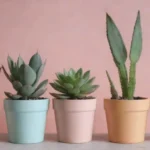 Finding the Right Drainage Hole Placement in Succulent Pots
Finding the Right Drainage Hole Placement in Succulent PotsDrainage Holes
One of the most critical elements in choosing a succulent container is whether it has drainage holes. These holes allow excess water to escape, preventing the soil from becoming saturated. When you select a pot, always inspect the bottom carefully to ensure that it features appropriate-sized drainage holes. Without them, even the best soil mix can fail to protect your plants from overwatering.
If you absolutely love a decorative pot that doesn’t have drainage holes, you can still use it, but keep in mind that you’ll need to adopt a few strategies. Consider placing a plastic pot inside the decorative pot, adding pebbles to create a draining layer, or even only using the decorative pot to house plants temporarily while you transition them to a more suitable environment.
Container Size
The size of the container is another important factor. Generally, succulents prefer to be slightly root-bound. This means they thrive in smaller pots as this helps reduce excess moisture. However, if a pot is too small, it may lead to inadequate nutrient availability. When selecting a container, consider the size of the plant's root system and choose a pot that complements its growth. A good rule of thumb is to select a container that is roughly one or two inches larger in diameter than the plant itself.
Creating a Proper Drainage System
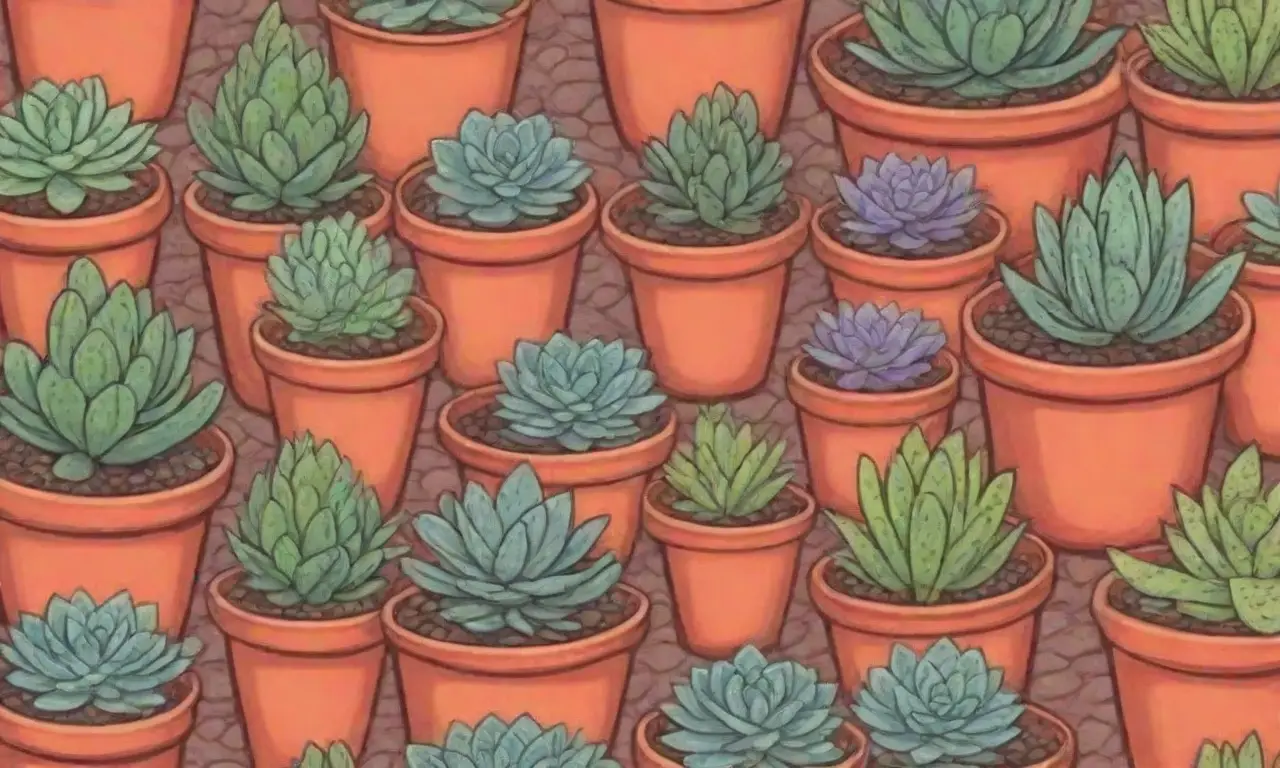
Choosing the Right Soil
Soil plays an essential role in drainage capabilities. A specialized succulent soil mix that features materials like pine bark, perlite, and sand can help provide the necessary drainage and aeration. Commercial succulent mixes are often available at gardening centers. These mixes usually contain a combination of inorganic elements, which significantly enhances drainage while also allowing water and nutrients to flow to the plants.
If you prefer to create your soil mix, you can combine 1 part potting soil, 1 part coarse sand, and 1 part perlite or pumice. This mixture enhances drainage while preventing soil compaction, creating an ideal environment for succulent roots. Always ensure that your soil mixture can dry out within a day or two after watering, as this prevents root suffocation.
Adding Drainage Layers
In addition to using the right soil mix, you can further enhance the drainage capability of your succulent containers by creating a drainage layer. This involves adding materials like gravel, stones, or even broken pottery (commonly referred to as "crocks") at the bottom of the container before adding your soil. The purpose of this layer is to create space for excess water to collect, thus preventing it from saturating the roots.
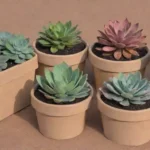 How to Insulate Your Succulent Containers During Winter
How to Insulate Your Succulent Containers During WinterChose a layer that's about one inch thick, as too much layering can ultimately result in reduced soil depth for the roots. By providing this protective layer, you can enhance the flow of air and water, giving your succulents the best possible conditions for flourishing.
Watering Practices
The final component of a drainage solution is establishing proper watering practices. Understanding your plant's needs, the type of soil, and the container can guide you in setting an ideal watering schedule. Succulents typically require less frequent watering compared to other houseplants. A suitable rule of thumb is to water when the top inch of soil feels dry to the touch. It’s crucial to apply water evenly throughout the container, allowing excess water to flow freely from the drainage holes. If you notice that the soil remains consistently moist despite these practices, you may need to reassess your container and soil mix.
Conclusion
Implementing the right drainage solutions for succulent containers is vital in ensuring the health and longevity of your plants. Understanding the importance of drainage, selecting appropriate containers, and creating a well-functioning drainage system will enable you to cultivate thriving succulents in your home.
Choosing the right materials, such as terra cotta pots and specialized soil mixes can significantly improve your plants' chances for survival and growth. Adding a drainage layer at the bottom of the container and establishing a solid watering routine further enhances the likelihood of a healthy gardening experience.
Through careful consideration of these factors, you can enjoy the beauty, diversity, and ease of succulents without the worry of potential pitfalls related to irrigation. By following the guidance presented in this article, you are well on your way to becoming a successful succulent gardener, enriching your space with the unique charm these plants offer. Remember, a little bit of effort in understanding the needs of your succulents can go a long way in ensuring they thrive and bring joy to your life for years to come.
If you want to read more articles similar to Drainage Solutions for Succulent Containers: What You Need to Know, you can visit the Container Choices category.

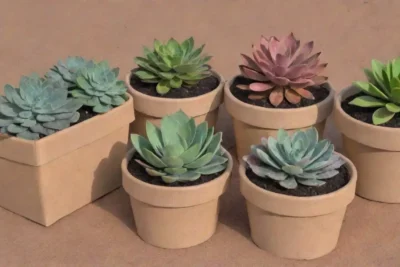
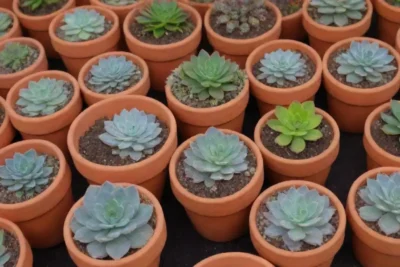
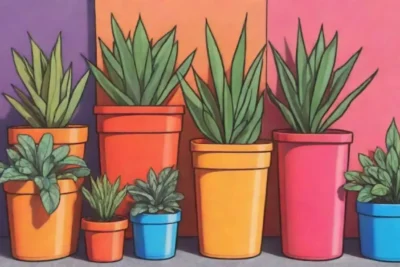
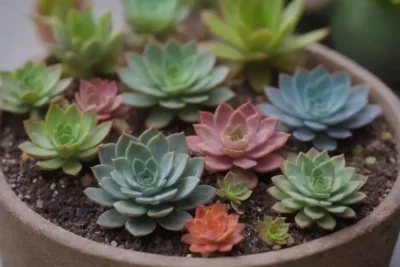
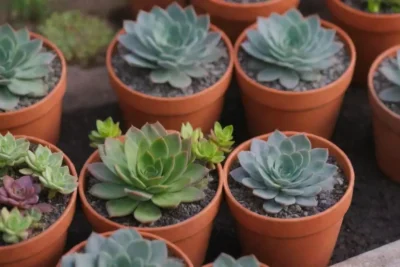
You Must Read